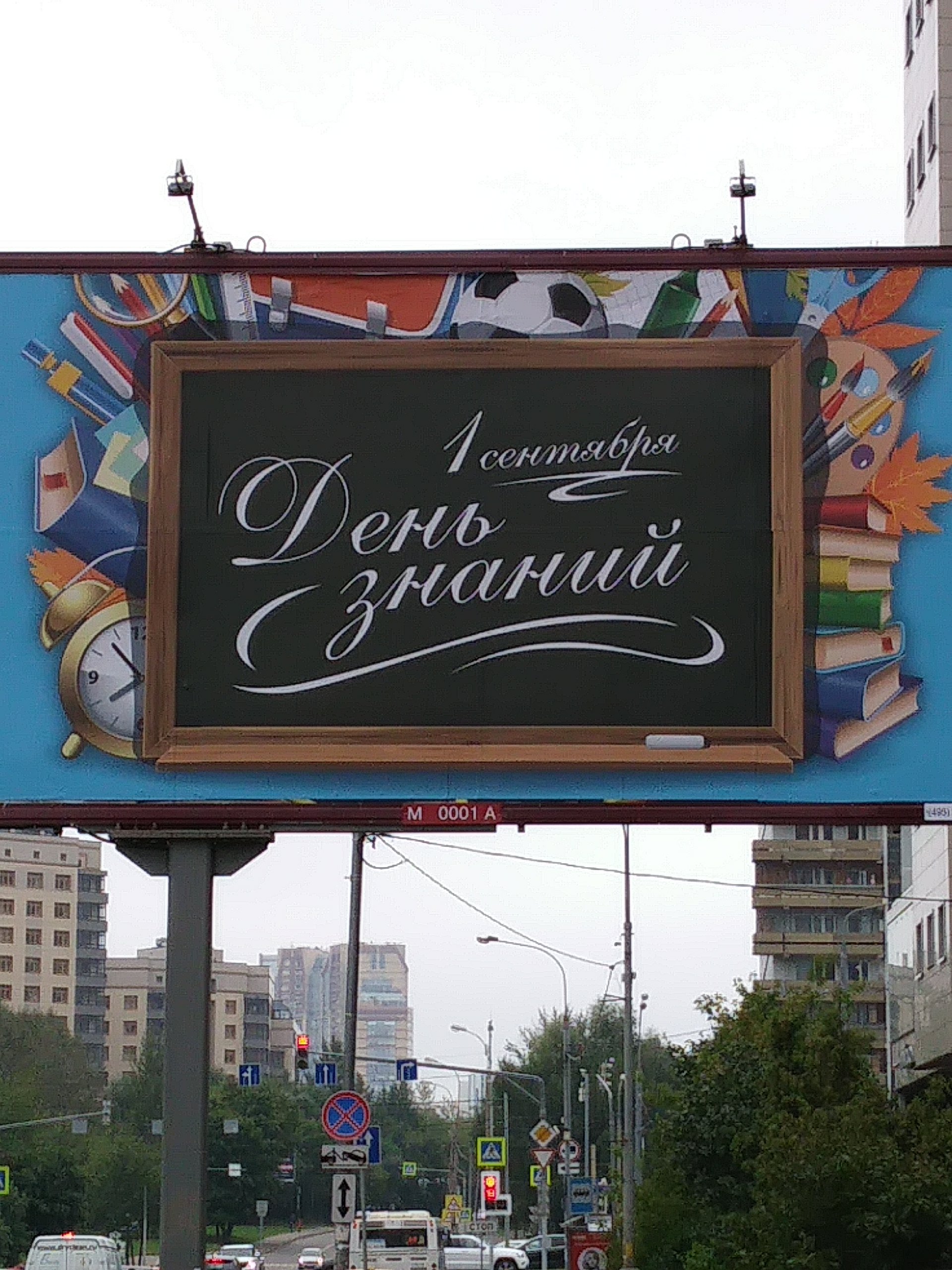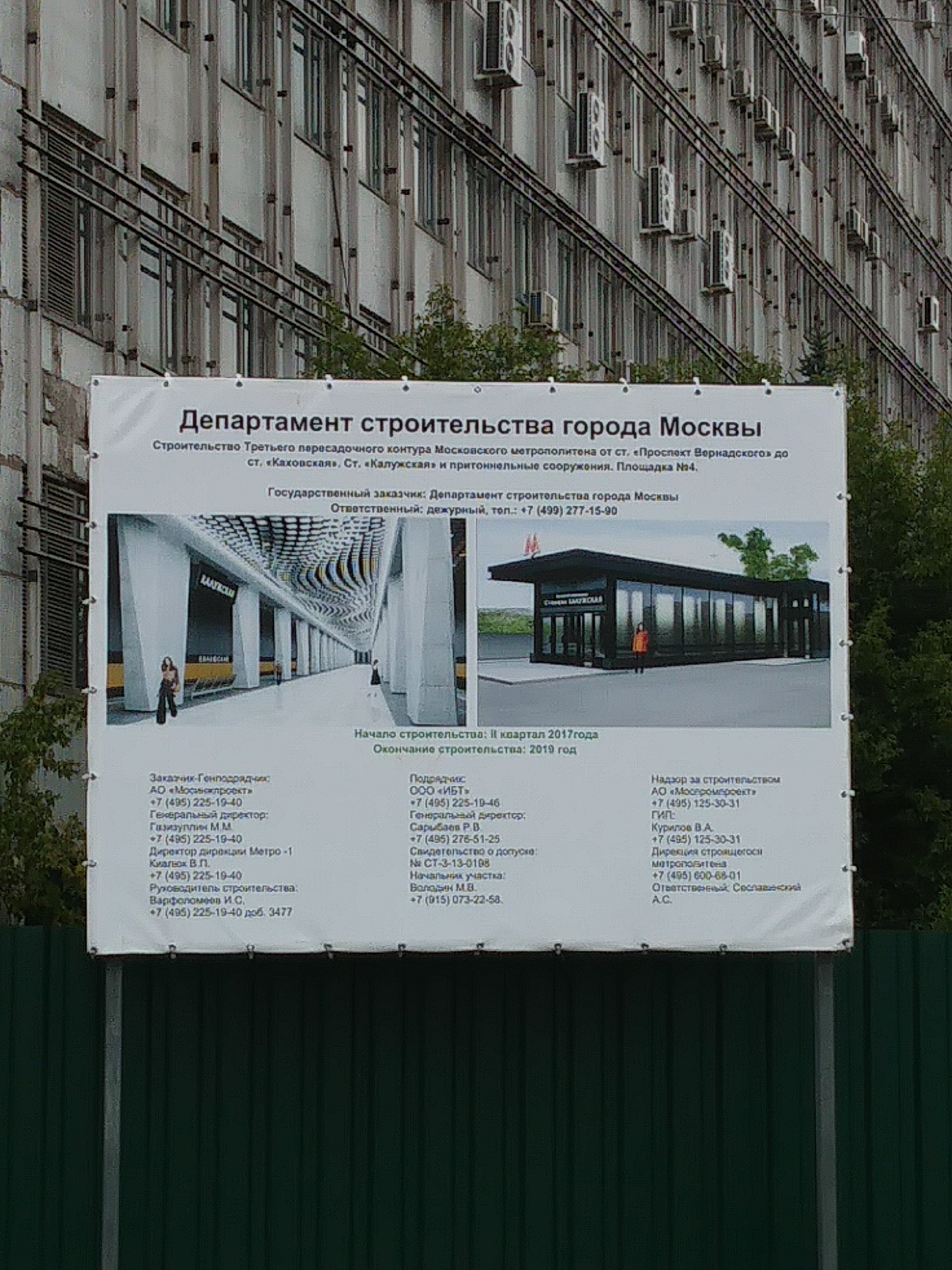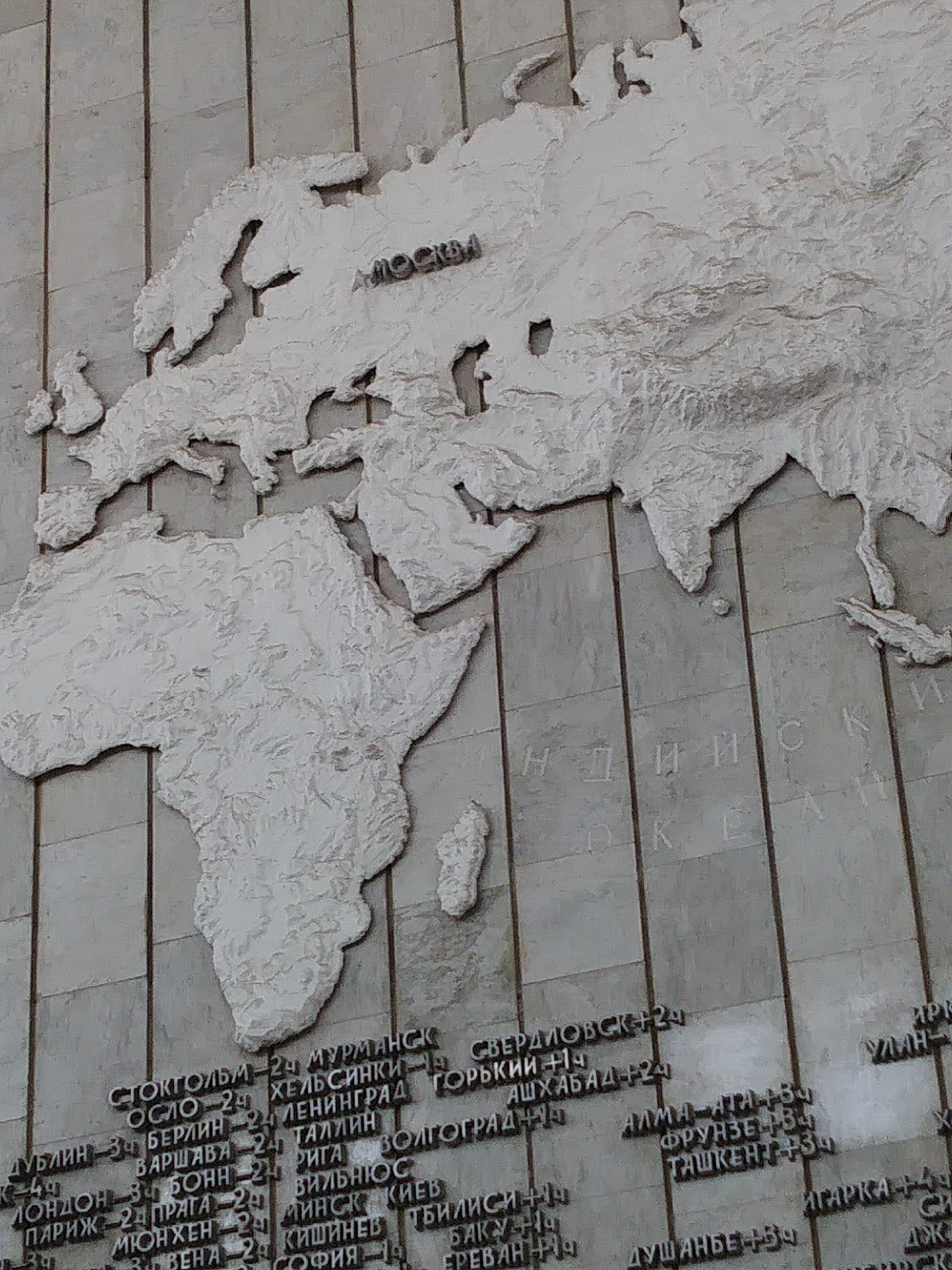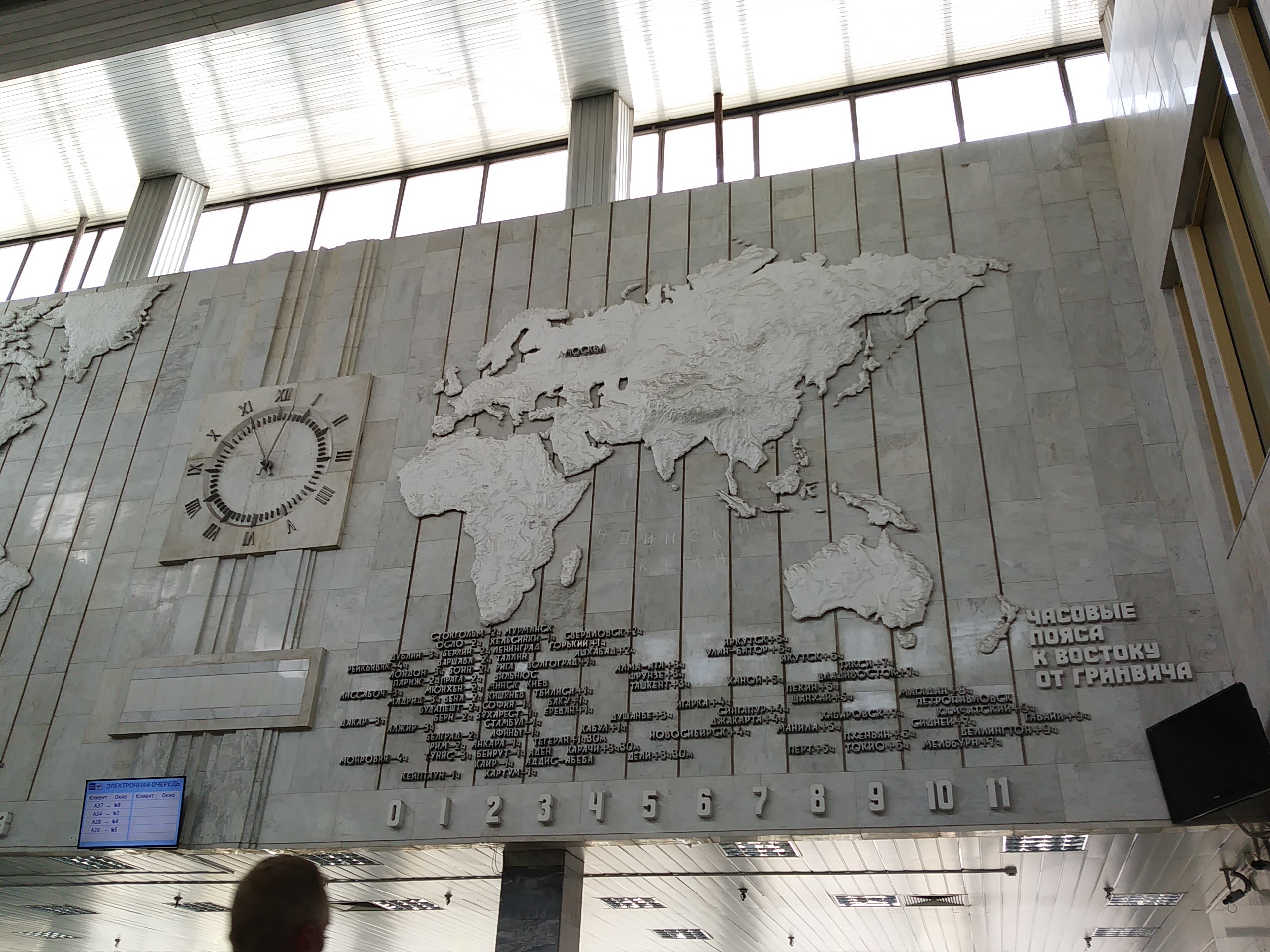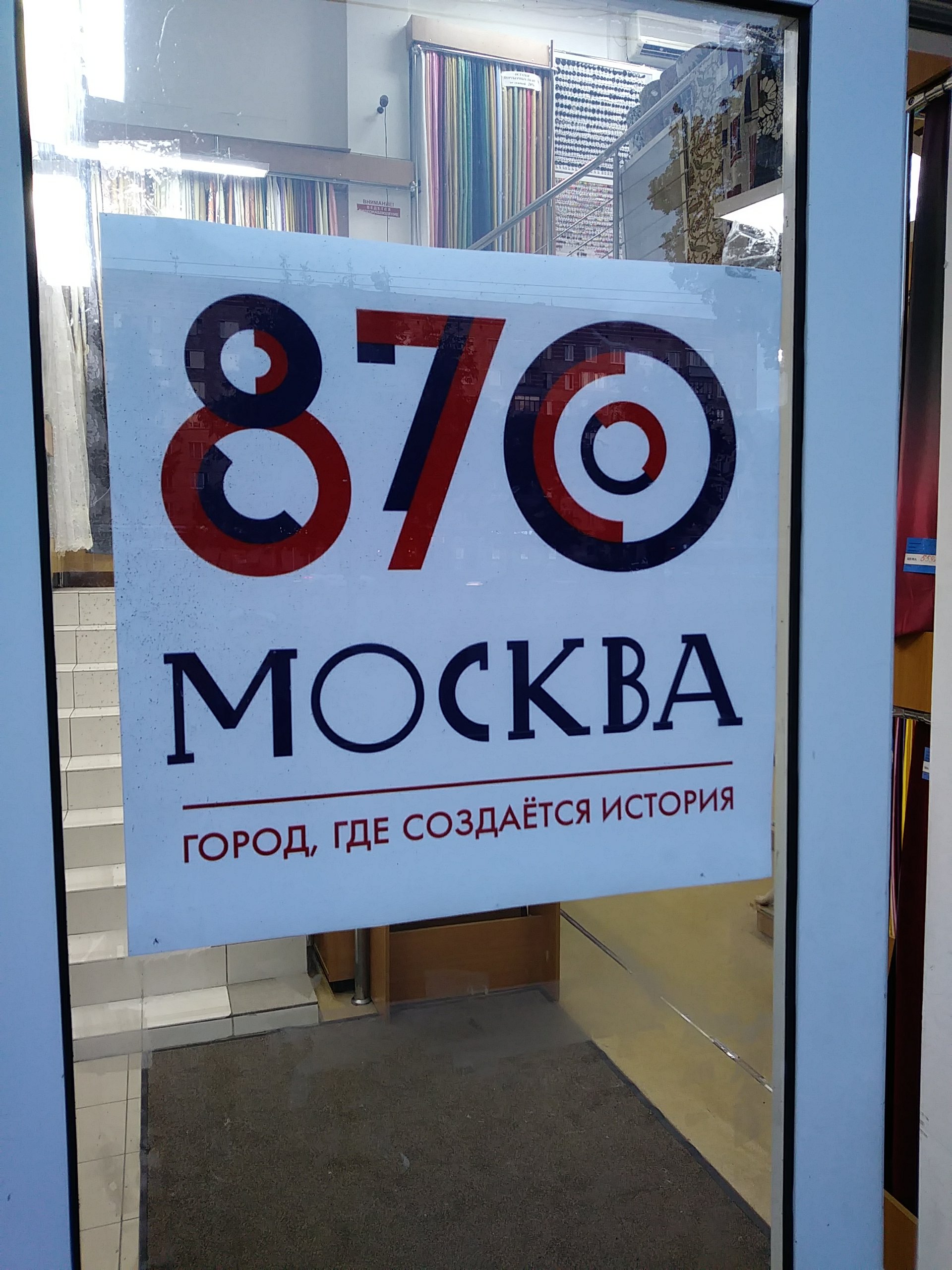Осень прешла – autumn has arrived in Moscow.
On the 9
As every year, young Moscovites as well as their parents have been celebrating Day of Knowledge on 1st of September. 1st of September is also traditional first day for newbies in school. Pictured below a poster near Moscow’s Leninskiy avenue. Also at Higher School of Economics a new academic season started and I recognized a lot of new faces. Welcome on board, freshmen and women!

This one will excite you – in case you are an frenetic swimmer like I am. A brand new aquatics center is currently under construction at Moscow’s famous Lyzhniki Oympic complex. Dozens of hands, two of them displayed above are currently reconstructing the pool with 50 metres lanes opposite to Lyzhniki’s Great Olympic stadium; the reopened aquatics center will also see a roof.
This is excellent news! After one of my last training sessions at Lyzhniki’s other open pool I took some snapshots of the construction site. Pictured Belows is what I saw.



Москва изобретает
Moscow will celebrate its 870th anniversary from 1-10 September. An outdoor exhibition at Clean ponds metro station displays wonderful photos from the 1930ies to 1970ies. The exhibition is entitled ‚Moscow is inventing‘ (Москва изобретает). Watching these wonderful photos really made me proud of being a guest in this marvellous and exciting city.
Heading back to work this piece of street art also grabbed my attention.
Construction time
At times Moscow is a large construction site. You will hardly find a major crossroad, metro station exit, or city center side-street which does not experience a major renovation. You will have to watch your step even more carefully when hastling to office right now, but Moscow will look brighter in 2018 for sure. Moscovites are used to eternal potholes anyway, so what. Polishing of public sidewalks comes along as FIFA’s 2018 world cup is approaching.
But this is more than Potemkin’s villages. Moscow is in fact the only city I know in the western hemisphere which is expanding his public transportation infrastructure, in a systematic and sensemaking manner. A second circle line is under construction. Picture above gives a glimpse of one of the new stations near existing Kalushska station.
While German policy makers keep on talking weird talk about driverless cars, I say: a driverless car is what we used to call public transportation. If you want to read the newspaper while going to work, take a ride on the metro.
What time is it?
Did you know that Russia, in contrast to China, spreads across several time zones? When it is 11a.m. in Moscow it is +3 hrs, i.e., 2p.m. in Taschkent, and +9 hrs. in Petropavlovsk. (Yes, I know, Taschkent does not belong to Russia anymore; but it illustrates the story so well.)
Pictured above: Insightful world time map in the international postal Moscow office, Варшавское шоссе, 37.
Happy Birthday Moscow
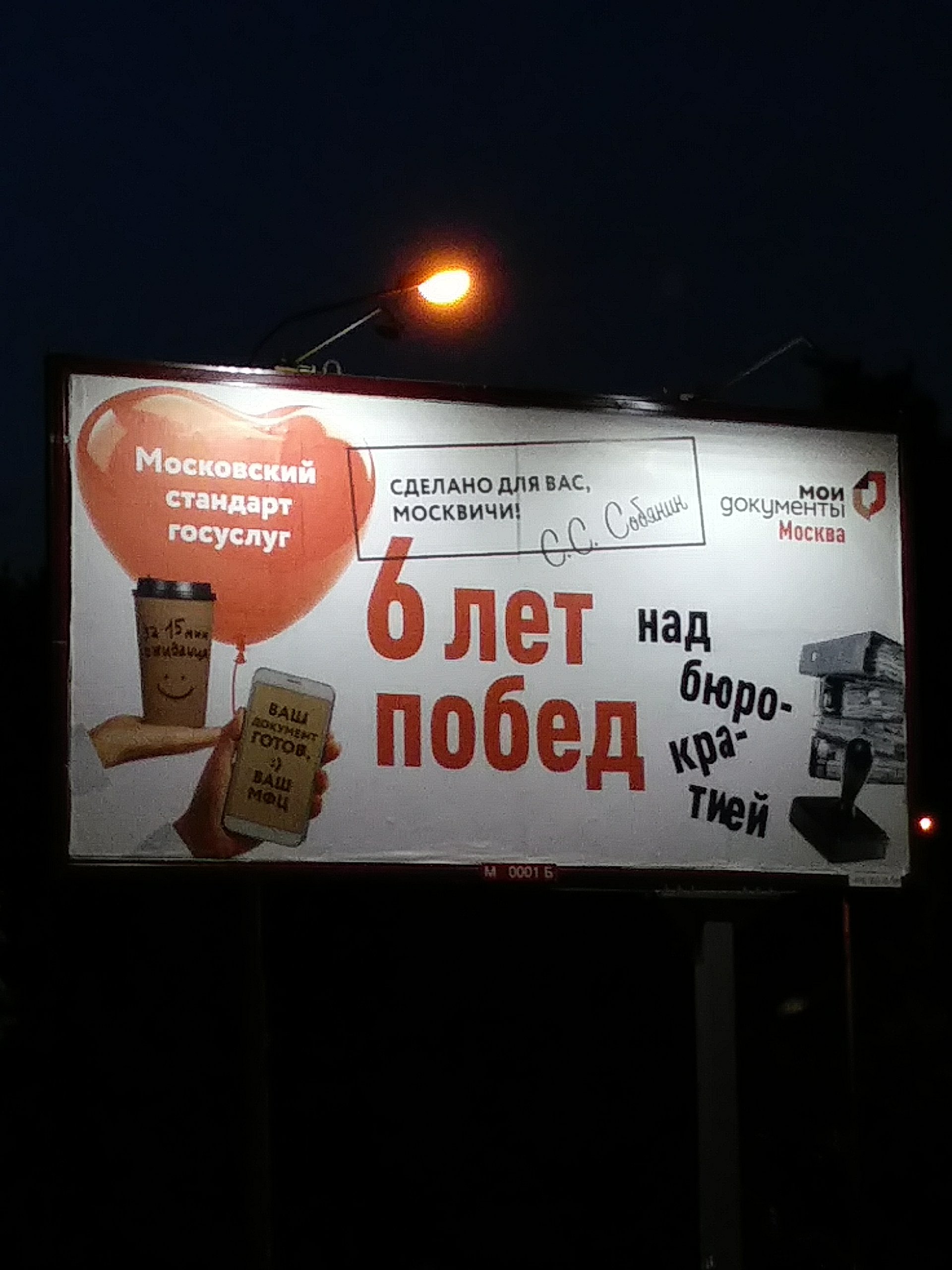
Seen on the streets of Moscow today the poster pictured above celebrates the 6th anniversary of Moscow’s My Documents campaign. My documents is essentially a synonym for one-stop agencies in the cities districts and boroughs. Behind the scenes additional administrative reforms are going on.
The poster reads „6 years of victory over bureaucracy“, „Moscow’s uniform public service“, and „Your documents are prepared“.
Best Teacher 2017 Award

Three weeks ago students of the Faculty of Social Sciences at the Higher School of Economics elected me a Best Teacher 2017 at the Higher School of Economics in the annual Best Teachers competition. Thank you! This is a great honor for me as well as a strong motivation to continuously improve my teaching. Following the announcement of the results Anna Chernyakhovskaya from HSE’s media department asked me to share some experiences in an interview. Here is what I said; the interview is also available at https://www.hse.ru/en/news/campus/208020103.html
Anna Chernyakhovskaya: What have been some of the main ‚lessons learned‘ by each of you since you started teaching at HSE?
I am enjoying being among students at HSE, both in terms of cultural diversity and creative intelligence. Students are very demanding while also very flexible. Students at HSE significantly differ from what I knew in Germany. They are flexible in identifying solutions towards a given problem and heavily motivated to reach goals. Given an instruction they exhibit a very high degree of creative intelligence. Networking is an essential part of students’ life; for example, second-year students exchange experiences with their peers from the third year.
What has served as a source of motivation in your profession? How can one become the best in a profession?
I am far away from being the best in my profession, but I would like to share three routines that peers may consider helpful.First I use LMS, HSE’s learning platform, to prepare and evaluate my teaching sessions afterwards, to manage performance assessments, as well as to provide students with learning materials. Any student is virtually online 24/7 nowadays, using smartphones both inside and outside the classroom. LMS allows me to post and distribute readings and worksheets in advance. Second, I prepare an action plan for each teaching session by splitting each session into five to ten parts or items. For each part I define a goal, like today I want to introduce the following terms, or deepen their understanding of the concept of XYZ. I define particular actions, or treatments to achieve this learning effect. I also allocate an amount of time for each of these actions. Third, I allocate clearly defined tasks to students, for example, as part of group work activities.
Did ever you meet any distinguished professors as a student? What do you remember impressing you most?
Tim Jaekel: Uwe Wagschal, now Professor for Public Policy at the University of Freiburg, Lars P. Feld, director of the Walter Eucken Institut, Professor for Economic Policy at the University of Freiburg, and a member of the German Council of Economic Experts, and Manfred G. Schmidt, Professor for Public Policy – all of them deeply and continuously inspired me when I was a student at the University of Heidelberg in Germany.
(Pictured above: Ferris wheel „Star of Berlin“, Ahlbeck, Germany, 2017)


